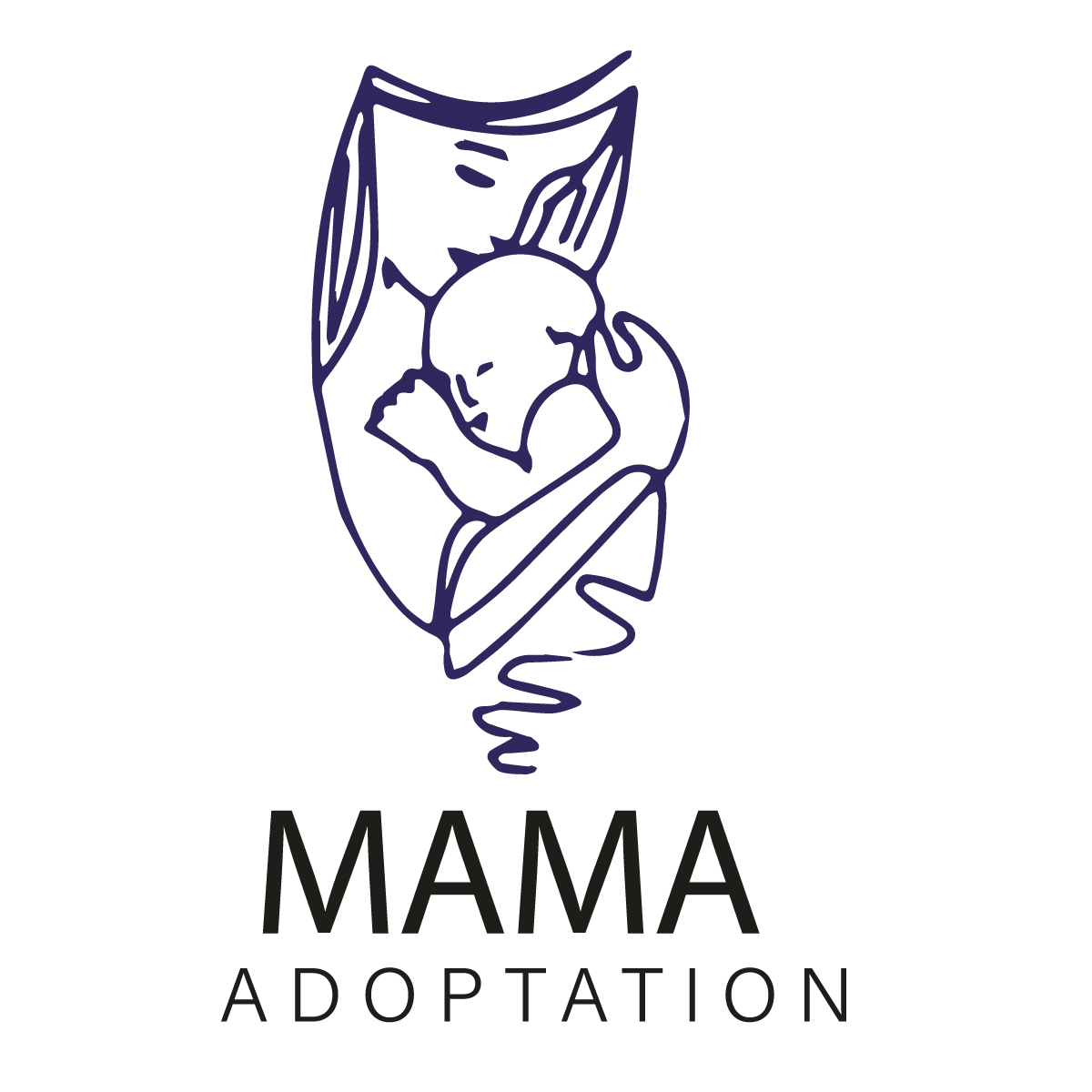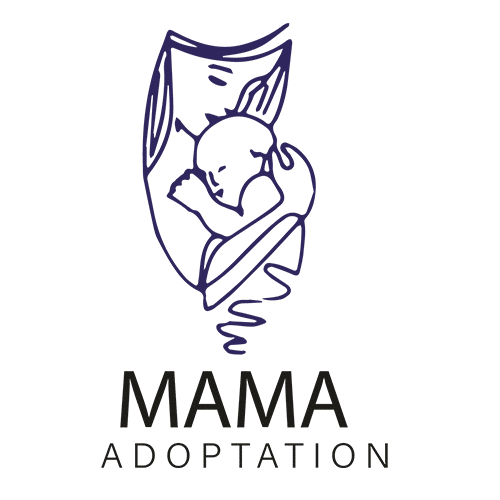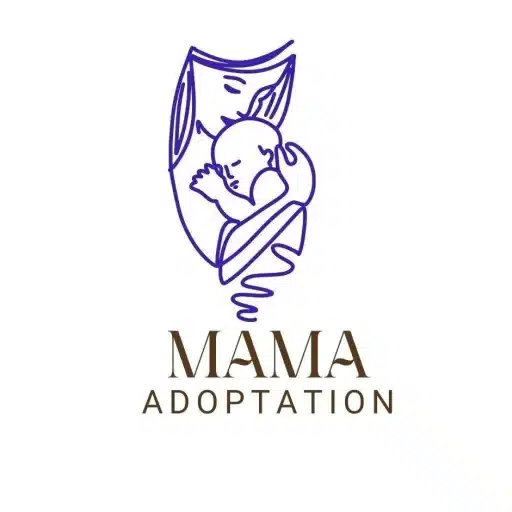Maintaining a warm bassinet during winter is crucial, but it’s vital to do so safely. While some opt for regular woolen blankets to keep their newborns warm, this practice can pose risks such as Sudden Infant Death Syndrome (SIDS), according to the guidelines set by the American Academy of Pediatrics (AAP).
AAP emphasizes the importance of avoiding blankets, pillows, or bumpers in the crib or bassinet for infants under 12 months to ensure a safe sleep environment. Adhering to AAP recommendations, which include placing babies on their backs on a flat, firm surface, free from objects, is crucial for safe sleep.
But the question is: How to keep the bassinet warm? Now, let’s explore safe and effective strategies to maintain your baby’s warmth throughout the night in the bassinet, contributing to both their comfort and promoting restful sleep while minimizing Sudden Infant Death Syndrome (SIDS) risk factors.
Keep scrolling to learn more information.
Tips For How To Keep Bassinet Warm for Baby
Keep The Bassinet Dry:
Keeping the baby’s sleeping environment dry is essential since wet conditions raise the possibility of SIDS (Sudden Infant Death Syndrome). The American Academy of Pediatrics (AAP) states that to lower the risk of SIDS, a solid, flat sleep surface devoid of soft bedding is advised. To guarantee a secure sleeping environment, routinely inspect the bassinet for any indications of moisture and take immediate action when necessary.
Dress Baby Properly:
It’s important to clothing a baby properly to keep them warm when they sleep, according to the American Academy of Pediatrics. Blankets and other loose bedding should not be used. Invest in breathable, warm clothing for your infant in layers, and think about covering their feet with footed sleepers. This strategy complies with guidelines for healthy sleep to
Keep The Room At The Right Temperature:
Maintaining a warm room temperature is a key aspect of safe sleep for infants. The AAP suggests keeping the room where the baby sleeps at a comfortable temperature (between 68-72°F or 20-22.2°C). Preheating the room or tent before placing the baby down to sleep contributes to a safe and cozy sleep environment.
Keep a Hot Water Bottle in the Bassinet:
While warm water bottles can provide gentle warmth, it’s crucial to follow safety guidelines. The AAP advises against using heating pads or hot water bottles in the sleep environment due to the risk of burn. Always ensure the temperature is safe and remove the hot water bottle before placing the baby in the bassinet.
Buy a Bassinet That Has a Canopy:
Choosing a bassinet with a canopy aligns with safe sleep recommendations by providing a shield from drafts without the need for additional bedding. The AAP advises against the use of soft bedding, including crib bumpers and canopies, to reduce the risk of SIDS.
Sleep Sack or Swaddle:
The AAP recommends the use of sleep sacks or wearable blankets as a safe alternative to loose bedding. These products help keep the baby warm without the risk of covering their face, promoting safe sleep practices in line with AAP guidelines.
Tips For How to Keep the Bassinet Mattress Warm For Baby:
Ensuring your baby’s bassinet mattress is comfortably warm is crucial for a restful sleep. Here are some practical tips:
Mattress Protectors:
Use a breathable and waterproof mattress protector. It acts as an insulator, providing a comfortable temperature for your baby.
Layering:
Add layers beneath the fitted sheet. Thin blankets or specialized bassinet liners can offer additional insulation without compromising safety.
Warm Room Temperature:
Maintain a consistent room temperature, as it directly influences the mattress’s warmth. Use a thermostat or room thermometer to monitor conditions.
Insulating Materials:
Choose bassinet sheets and bedding made from insulating materials like flannel or cotton, which naturally regulate temperature.
Avoid Electric Mattress Pads:
Skip electric or heated mattress pads for infants due to the potential risk of overheating or burns.
Do You Use Heating Pads While Baby Sleep
No, it is not recommended to use heating pads or any heating devices in a bassinet while the baby sleeps. The American Academy of Pediatrics (AAP) advises against using soft bedding, including heating pads, in the sleep environment for infants. Overheating is a risk factor for sudden infant death syndrome (SIDS), and it’s crucial to maintain a comfortable and safe sleep temperature for your baby.
To keep your baby warm in a bassinet, it’s safer to dress them appropriately for the room temperature, use lightweight sleep clothing, and adjust the room temperature if needed. Always follow safe sleep guidelines to create a secure sleeping environment for your baby.
How Do I Handle Freezing Night Conditions?
When preparing for a freezing night and ensuring your baby’s bassinet remains warm, it’s crucial to extend your attention beyond the immediate sleep environment. Maintain a comfortable room temperature, ideally between 68 to 72 degrees Fahrenheit (20 to 22.2 degrees Celsius), as recommended by the American Academy of Pediatrics. Dress your baby in appropriate layers, using sleep sacks or wearable blankets for added warmth. In your efforts to stay warm on freezing nights, be mindful of insulating the room itself. Seal any drafts, use thermal curtains, and consider employing a room heater with safety features. Your baby’s comfort is interconnected with the overall warmth of the space, so addressing both aspects contributes to a cozy and secure sleep environment. Regularly monitor the room temperature and your baby’s comfort level, adjusting as needed to ensure a restful and safe night’s sleep for your little one.
Guidelines For Safe Sleep To Babies:
The American Academy of Pediatrics (AAP) provides essential guidelines to ensure a safe sleep environment for infants. Following these recommendations promotes a secure sleeping space for your baby:
Back to Sleep:
Always place your baby on their back for sleep. This position reduces the risk of Sudden Infant Death Syndrome (SIDS).
Use a Firm Sleep Surface:
Place your baby on a firm mattress covered with a fitted sheet. Avoid soft bedding, pillows, and toys in the sleep area.
Avoid Overheating:
Dress your baby in lightweight sleep clothing and maintain a comfortable room temperature. Overheating increases the risk of SIDS.
Room Sharing:
Share a room with your baby, but avoid bed-sharing. Place the crib, bassinet, or play yard in your room to facilitate close monitoring.
No Soft Objects or Loose Bedding:
Remove soft objects, loose bedding, and toys from the sleeping area to reduce the risk of suffocation and entrapment.
Pacifier Use:
Consider offering a pacifier at naptime and bedtime. However, wait until breastfeeding is well-established before introducing a pacifier.
Avoid Smoking and Alcohol:
Avoid exposing your baby to smoke, alcohol, and illicit drugs. These substances increase SIDS risk.
Regular Well-Baby Visits:
Attend all scheduled well-baby visits to ensure your baby’s health and receive guidance on safe sleep practices.
Adhering to these guidelines creates a secure sleep environment, minimizing potential risks and ensuring your baby’s safety during restful sleep.
Conclusion
In conclusion, keeping your baby warm in a bassinet during winter requires a thoughtful approach that aligns with safe sleep guidelines. Avoiding soft bedding, blankets, or heating pads inside the bassinet is crucial to reduce the risk of Sudden Infant Death Syndrome (SIDS). Dressing your baby appropriately for the room temperature, preheating the sleeping space, and utilizing sleep sacks or swaddles are effective alternatives. Choose a bassinet with a canopy for added warmth, and always ensure the bassinet is dry and well-ventilated. Following these measures prioritizes your baby’s safety, allowing for peaceful and cozy nights of rest.
FAQs
How do I know if my baby is cold on the bassinet?
Monitoring your baby’s comfort in the bassinet is crucial, especially in colder temperatures. Here are signs that your baby might be cold:
Touch their Neck or Belly:
Feel the back of your baby’s neck or belly with the back of your hand. If these areas feel cool to the touch, your baby might be too cold.
Check their Hands and Feet:
It’s normal for a baby’s hands and feet to feel cooler than the rest of their body. However, if they seem excessively cold, it may indicate that they need an extra layer.
Watch for Shivering:
Shivering is a clear sign that your baby is cold. If you notice your baby shivering, add layers or adjust the room temperature accordingly.
Monitor Sleep Patterns:
A baby who is too cold may have trouble settling into sleep or might wake up frequently. Pay attention to any changes in your baby’s sleep patterns.
Check their Nose and Cheeks:
Cold weather can make a baby’s nose and cheeks feel cool. If these areas seem unusually cold, consider providing additional warmth.
Listen to Cues:
Babies often communicate discomfort through fussiness or crying. If your baby seems unsettled, it could be a sign that they are not comfortable with the current temperature.
Can you put a blanket on a bassinet?
According to American research and safety guidelines, it is not recommended to put loose blankets in a baby’s bassinet. Loose bedding poses a risk of suffocation and increases the chance of sudden infant death syndrome (SIDS). Instead, use sleep sacks or wearable blankets designed for infants to keep them warm without compromising safety.
How can I keep my baby warm at night without blankets?
To keep your baby warm without using blankets, dress them in layers. Start with a onesie or sleeper as a base layer and add additional clothing or a sleep sack if needed. Maintain a comfortable room temperature, ideally between 68 to 72 degrees Fahrenheit (20 to 22.2 degrees Celsius). Sleep sacks or wearable blankets can provide warmth without the risk of loose bedding.
Do babies need a pillow in a bassinet?
No, it is not recommended to place a pillow in a baby’s bassinet. The American Academy of Pediatrics advises against using pillows, soft bedding, or soft toys in the sleep environment to reduce the risk of SIDS. A firm and flat mattress is considered safest for infants.
Is it safe to use a heating pad in the bassinet to keep my baby warm?
No, using a heating pad in the bassinet is not safe. It poses a risk of overheating and increases the chances of accidents. It’s best to rely on alternative methods like preheating the room and using warm clothing.
Are sleep sacks or swaddles safe for keeping a baby warm in the bassinet?
Yes, sleep sacks and swaddles designed for safe sleep are suitable for keeping babies warm in the bassinet. Ensure they are the right size for your baby and follow the manufacturer’s guidelines.
Is it OK to put a baby in a bassinet without a swaddle?
Yes, it is perfectly fine to put a baby in a bassinet without a swaddle. While swaddling can provide comfort to some infants, it’s important to ensure that the swaddle is done correctly to avoid hip dysplasia. If you choose not to swaddle, use appropriate sleep clothing like sleep sacks or wearable blankets to keep your baby warm while maintaining a safe sleep environment.
Can I use a bassinet heater to keep my baby warm?
Bassinet heaters designed for baby sleep environments can be used cautiously, following manufacturer guidelines. Ensure the heater has safety features to prevent overheating and always monitor the room temperature to maintain a comfortable sleep environment.
Read also: Why Your Baby Hates the Bassinet (Reasons, Solution, Tips)








